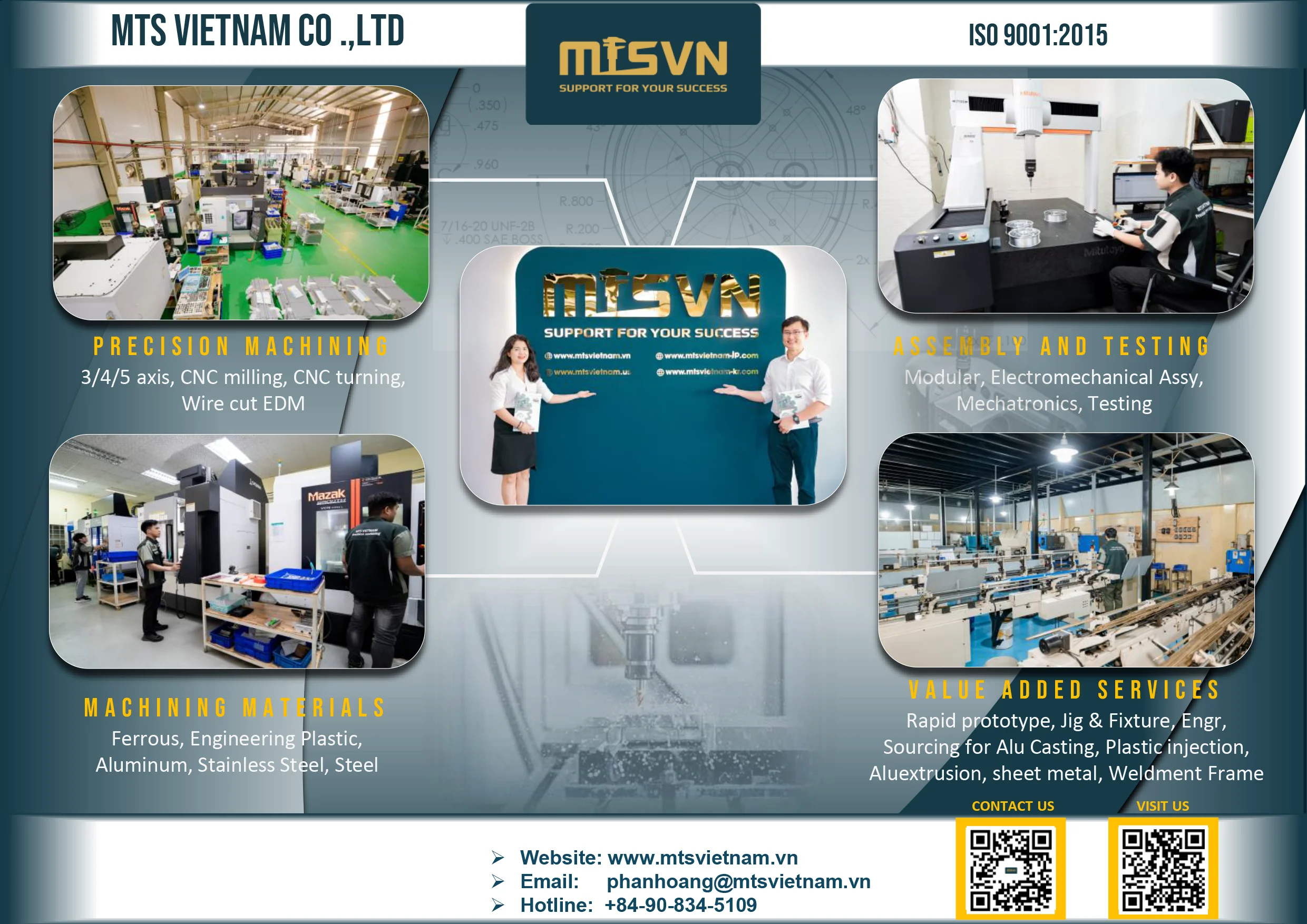The development of assembly technology is a captivating narrative of innovation and evolution, reflecting the ingenuity and relentless pursuit of efficiency and precision in manufacturing. This journey from manual craftsmanship to the precision-driven machinery of today underscores the transformational impact of assembly technology on industry and society.
The Origins of Assembly
The origins of assembly technology trace back to manual craftsmanship, where artisans individually crafted products from start to finish. This era prioritized skill and artistry but was characterized by low production speed and volume.
The Industrial Revolution: The Seed of Change
The Industrial Revolution (18th to 19th centuries) introduced fundamental changes with the advent of mechanization. Factories began to emerge, utilizing water and steam power to aid in production, laying the groundwork for the assembly line concept. However, these were still relatively basic and required significant manual labor.
The Assembly Line Revolution
The true revolution in assembly technology came with the introduction of the assembly line, famously pioneered by Henry Ford in the early 20th century. Ford's concept of moving the product through a series of fixed stations significantly boosted efficiency and productivity, reducing the cost of goods like the Model T Ford and making them accessible to a broader audience.
The Rise of Automation
Post World War II, the focus shifted towards automation to meet the increasing demand and to overcome labor shortages. The development of electronic controls and later, computer technology, allowed for more complex and precise operations. In the 1960s, the first industrial robots were introduced, capable of performing simple tasks and replicating precise movements, marking the beginning of robotic automation in assembly lines.
The Digital and Robotic Era
The late 20th and early 21st centuries saw exponential growth in digital technology and robotics, drastically enhancing assembly technology. Programmable logic controllers (PLCs) and computer numerical control (CNC) systems allowed for unprecedented control and flexibility in manufacturing processes. Robots became more sophisticated, capable of more complex tasks with greater accuracy and speed, supported by advancements in artificial intelligence and machine learning.
The Age of Precision
Today's assembly technology is defined by its precision. Advanced robotics, coupled with sophisticated vision and sensing technologies, ensure components are placed and assembled with micron-level accuracy. Additive manufacturing, or 3D printing, has introduced new possibilities in creating parts with complex geometries, directly from digital models to physical objects in a wide range of materials.
Smart Manufacturing and Industry 4.0
The latest chapter in the evolution of assembly technology is the integration of the Internet of Things (IoT), big data, and cloud computing into manufacturing processes. This era of smart manufacturing, often referred to as Industry 4.0, leverages connectivity and data analytics for predictive maintenance, real-time monitoring, and autonomous decision-making, further enhancing precision, efficiency, and flexibility in assembly lines.
Conclusion
The development of assembly technology, from manual processes to the precision-driven machinery of today, highlights a remarkable journey of progress. Each advancement has built upon the last, transforming manufacturing into a highly efficient, precise, and flexible process. As we look to the future, continued innovation in robotics, digital technology, and materials science promises to push the boundaries of what is possible, ensuring that assembly technology remains at the forefront of manufacturing excellence. The evolution of assembly technology not only reflects the progress in engineering and materials science but also the changing needs and challenges of society, driving towards a more efficient, sustainable, and customizable manufacturing paradigm.
MTS Vietnam is a prominent company specializing in precision mechanical components fabrication. Established in 2017, it has quickly become a reputable name in the Vietnamese and Southeast Asian markets. The company's expertise lies in CNC milling and turning parts made from a variety of materials, including Aluminum, Steel, Stainless, POM, and other engineering plastics. MTS Vietnam is dedicated to supporting the success of its customers and strives to be a leading company in the field of precision mechanical processing both in Vietnam and internationally.
In addition to its fabrication services, MTS Vietnam offers assembly services for components and machines, as well as CNC program services. This comprehensive range of services is aimed at providing optimal solutions and benefits to its customers through the company's ecosystem and strengths. MTS Vietnam emphasizes the importance of investing in new technology and quality control equipment to ensure that it can deliver merchandise at competitive prices and within the required deadlines.
WORKSHOP: 248/10 ĐT743A Street, Binh Thung 1 Quarter, Binh An Ward, Di An City, Binh Duong Province, Vietnam
Tel/zalo/viber: 0908.345.109
Email: phanhoang@mtsvietnam.vn | info@mtsvietnam.vn
Website: www.mtsvietnam.vn (Global Market) | www.mtsvietnam-jp.com (日本)
For USA Sales, please contact MTS USA at:
Tel/zalo/viber: 978-777-1716
Email: sales@mts-usasales.com
Website: www.mtsvietnam.us (US Market)



